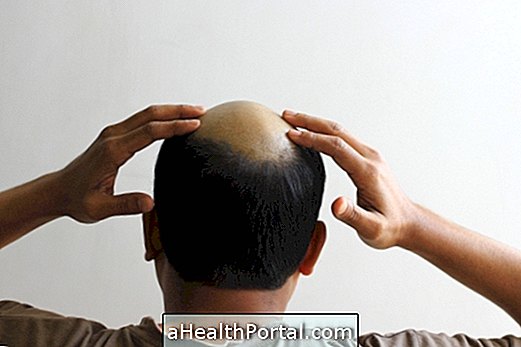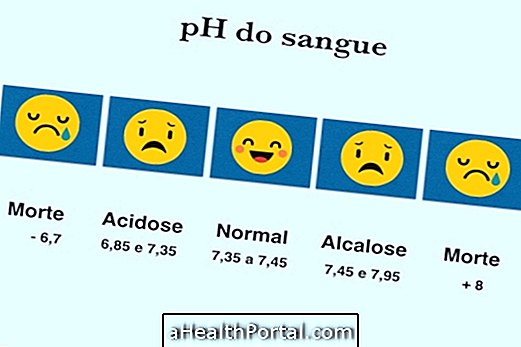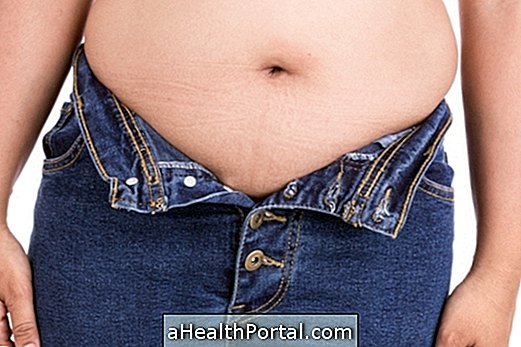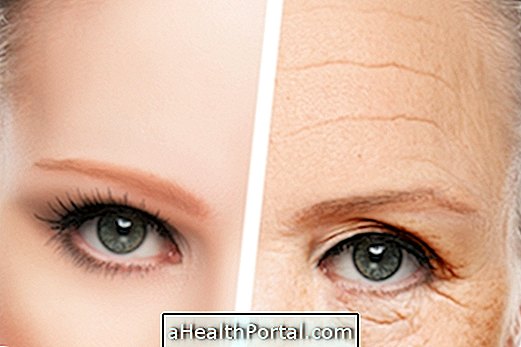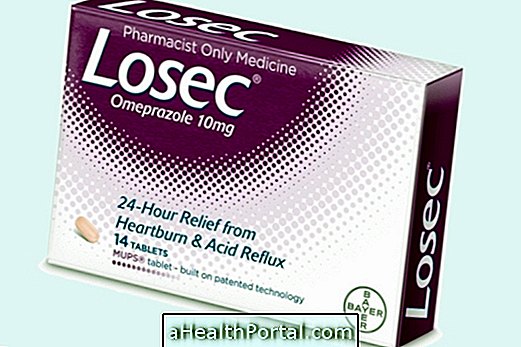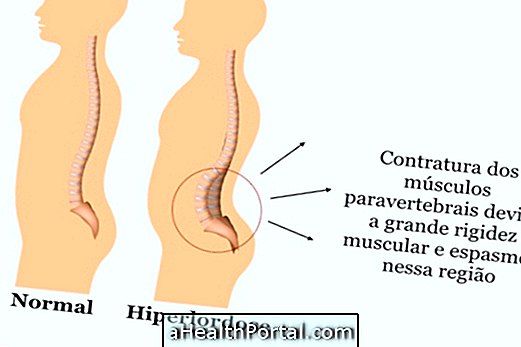The pulsed light is an aesthetic treatment indicated for the removal of blemishes, of hairs, being effective also to combat wrinkles and maintain a more beautiful and young appearance. Know all the pulsed light applications by clicking here.
However this treatment has some contraindications that must be respected to ensure the health of the skin, the beauty of the person and the effectiveness of the treatment. Are they:

During the summer
Treatment with intense pulsed light should not be performed during the summer because at this time of year the heat is higher and there is a higher incidence of ultraviolet rays emitted by the sun, which can make the skin more sensitive and tanned, of burn. So the best time of the year to perform the treatment is in the fall and winter, but even so you need to use sunscreen with SPF 30 daily and avoid direct exposure to the sun.
Tan, mulatto or black skin
Darker skin should not be treated with pulsed light because there may be a risk of skin burn because melanin is present in most of the skin of these people. However, there are some types of laser that can be used in people with brown, mulatta and black skin for definitive hair removal, such as the Alexandrite and Nd-YAG laser.
Use of medicines
People taking photosensitising drugs, corticosteroids and anticoagulants should also not be treated with pulsed light. In this case, treatment can only be performed after cessation of use of these medications. Some medicines that may interfere with treatment include: Amitriptyline, Ampicillin, Benzocaine, Cimetidine, Chloroquine, Dacarbazine, Diazepam, Doxycycline, Erythromycin, Furosemide, Haloperidol, Ibuprofen, Methyldopa, Prednisone, Propranolol, Sulfamethozol, Sulfapyridine, Trimipramine.
Photosensitizing diseases
Some diseases favor the appearance of skin blemishes, such as prurigo actinic, eczema, lupus erythematosus, psoriasis, lichen planus, pityriasis rubra pilaris, herpes (when the wounds are active), porphyria, pellagra, vitiligo, albinism and phenylketonuria. Thus, if the person has any of these diseases, he / she will not be able to perform the treatment with intense pulsed light.
During the pregnancy
Gestation is a relative contraindication because although pulsed light can not be performed on the breasts and belly region during pregnancy, treatment may be performed on other areas of the body. However, due to the hormonal changes typical of pregnancy the skin can become stained and it is common that you become more sensitive by feeling more pain during the sessions. In addition, if skin crust or burn occurs, treatment may be compromised because not all ointments can be used during pregnancy, because it is not known whether they are safe for the baby or pass through the breast milk. Thus, it is more advisable to wait for the baby's birth to begin or end the treatment with pulsed light.
Skin Wounds
The skin needs to be intact and properly hydrated so that the device can be used and has a good effect, so the treatment should only be performed when there are no wounds on the skin. Failure to do so may result in burns.
Cancer
Due to the lack of studies on the safety of performing this type of treatment in people who have active tumors, its use is discouraged during this period. However, there is no scientific evidence that treatment with laser or pulsed intense light can cause changes such as cancer because there are no changes in the amount of CD4 and CD8 even after months of application of the equipment.
If you do not have any contraindications you can do the pulsed light treatment every 3 to 4 weeks. After each session it is normal to feel a little irritated and swollen in the first few days and to reduce this discomfort it is essential to use moisturizing creams, cold compresses and SPF 30 sunscreen daily.
